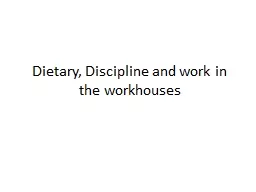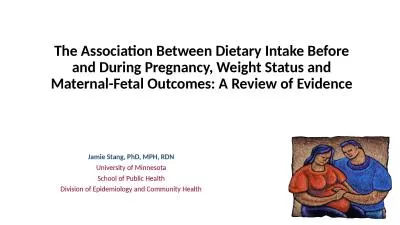PPT-Dietary, Discipline and work in the workhouses
Author : ellena-manuel | Published Date : 2016-06-08
Dietary Within the workhouse they were given the option of six different diets they could choose whatever suited their income The Principle of less eligibility had
Presentation Embed Code
Download Presentation
Download Presentation The PPT/PDF document "Dietary, Discipline and work in the work..." is the property of its rightful owner. Permission is granted to download and print the materials on this website for personal, non-commercial use only, and to display it on your personal computer provided you do not modify the materials and that you retain all copyright notices contained in the materials. By downloading content from our website, you accept the terms of this agreement.
Dietary, Discipline and work in the workhouses: Transcript
Download Rules Of Document
"Dietary, Discipline and work in the workhouses"The content belongs to its owner. You may download and print it for personal use, without modification, and keep all copyright notices. By downloading, you agree to these terms.
Related Documents














